When looking at barndominium designs and ideas, you may come across the word “shouse.” A shouse is a shophouse (shop + house = shouse). It is essentially a workshop or storage space connected to a living space.
Many of the first barndominiums were shouses.
They were workshops and barns with residences added to the structure. People now call these designs shouses or shomes. Keep reading to explore the main features and benefits of a shouse.
Page Contents
A Shouse Is a House with a Workshop
What is a Shouse? The basic idea of a shouse is that it includes a workshop or large workspace connected to the residence. The workshop is not a detached structure. It is connected to the residence, allowing you to easily walk from your living space to your workspace and vice versa.
The original concept for shouses dates back to at least the Middle Ages. In medieval Europe, skilled tradespeople often built their shops off their houses. For example, blacksmiths often built forges next to their houses.
Shouses started to reappear in the American Midwest several decades ago. Individuals began repurposing old shops and storage areas by adding living areas.
The old shops and storage areas were often made of metal or built using a wood pole frame instead of the traditional wood stud frames used for standard residential properties.
The metal or wood pole frames feature wide trusses that create a clear span, eliminating the need for load-bearing walls.
The open layout of a workshop or barn provides greater flexibility when adding living spaces. You can add taller ceilings, open floor plans, and other features that are more difficult to achieve with a typical wood stud frame.
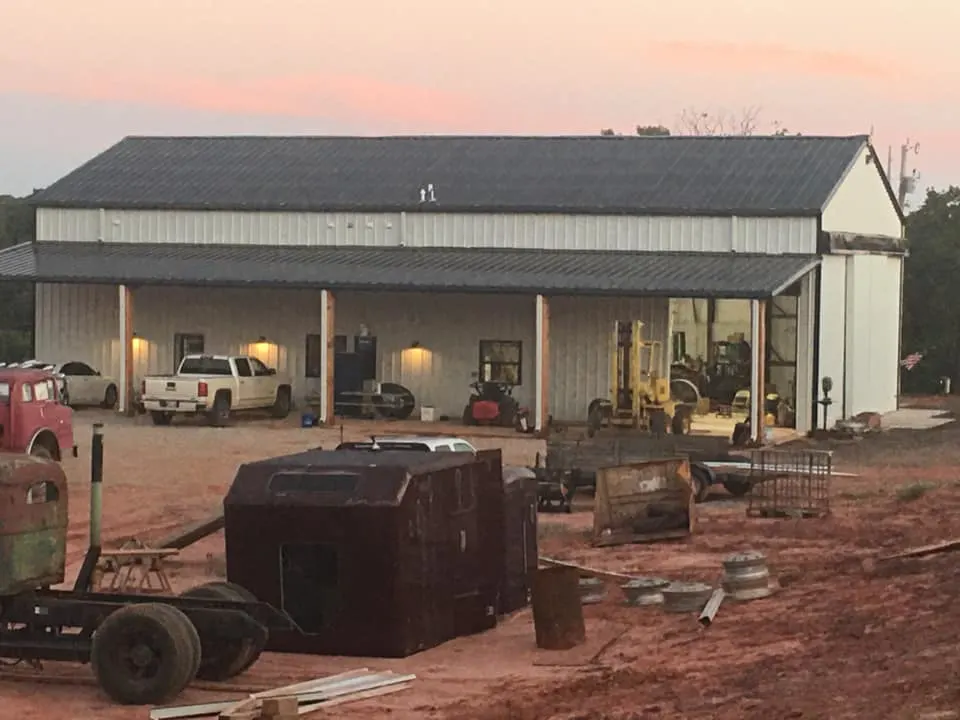
Shouses vs Barndominiums – What’s the Difference?
A shouse may be considered a type of barndominium, depending on who you ask. Traditionally, barndominiums include a barn instead of a workshop. However, many people still refer to shophouses as barndominiums.
Why Do You Want a Workshop Connected to Your House?
A shouse offers convenient access to a workshop or storage space. The extra space can be used for a wide range of purposes. People commonly use these workshops or storage areas for the following purposes:
- Professional services
- Hobbies
- Storage for vehicles
A workshop offers space to carry out your trade. You can use the workshop to house the machines and tools needed to offer specific professional services. Mechanics, furniture makers, carpenters, distillers, artists, and other professionals may find it easier to work when they do not need to travel.
A large workshop can also provide space for hobbies. The extra space can provide room for sewing equipment, woodworking tools, electronics gear, and other items needed for a particular hobby.
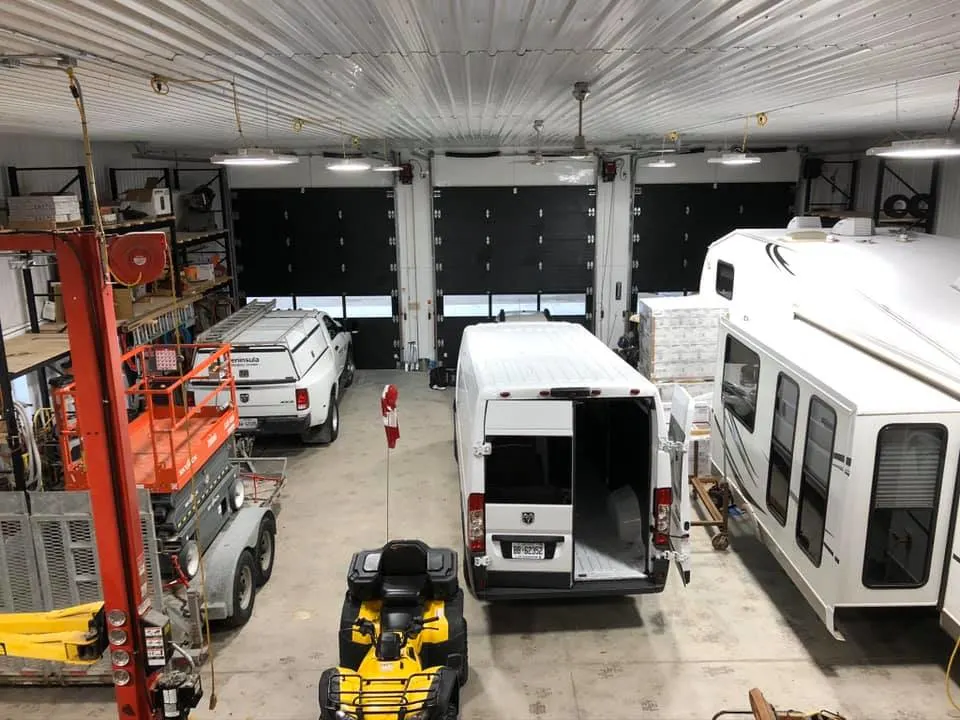
Many shouses are also used to store large vehicles or multiple vehicles. For example, if you have a car collection, you may prefer to store your vehicles in a climate-controlled workshop. A workshop may also provide adequate space for parking an RV indoors.
Along with these uses for workshops, you could also use the space as storage for your possessions. Instead of piling stuff in a basement or renting a storage unit, you can use a large workshop to stay organized.
While many of the early shouses were repurposed workshops, you can also build a shouse from scratch on vacant land. Here is a closer look at some of the main benefits of doing so.
Convenient Access to Your Workshop
The biggest advantage of a shouse is having access to your workshop or storage area. If you plan on providing a professional trade out of your workshop, you do not need to commute to work. Your workspace will be just a few steps away from your living space.
You can also continue working even when the roads are too slick or covered in snow to travel.
The convenience of having a workshop connected to your house also gives you more time. Getting rid of a commute leaves you more time to complete work projects or spend time on your hobbies.
You may also gain peace of mind knowing that your expensive equipment is housed on your property instead of in commercial space that you rent elsewhere.
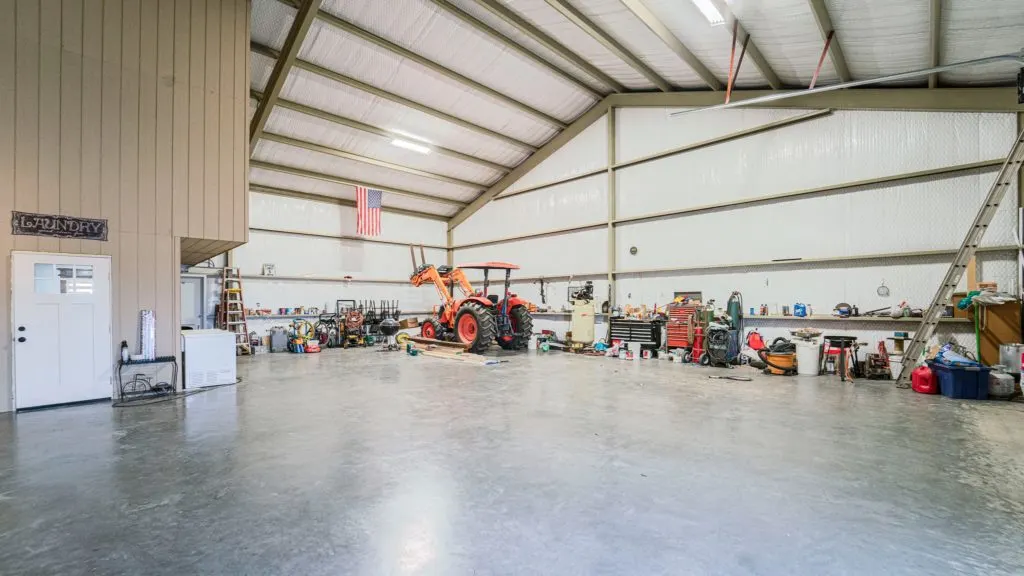
Enhanced Structural Integrity and Support
Shouses often provide increased structural strength compared to homes built with wood stud frames. Whether the shouse is built with wood posts or metal posts, the structure is highly stable and able to withstand the elements.
Metal structures can withstand winds up to 150 mph without suffering damage to the foundation or exterior. A wood pole frame shouse may also survive severe weather with less damage compared to a standard home.
Better Protection Against Common Threats
Shouses tend to offer better protection against common threats such as moisture, leaks, mildew, and mold, especially when built with metal frames.
Water is less likely to penetrate the metal frame, keeping leaks from reaching the insides of the wall cavities or interior spaces of the home and workshop.
Leaks and moisture problems are the main causes of mold growth in homes. The spread of mold promotes wood rot and health problems. With enhanced protection against moisture and leaks, the design of a shouse also shields against mold.
A metal shouse typically offers increased protection against pests and insect infestations as well. As shouses are less prone to water damage, your home will be less likely to attract termites and other pests that feed on rotting wood. Pests such as squirrels and raccoons may also find it more difficult to reach the inside of your home.
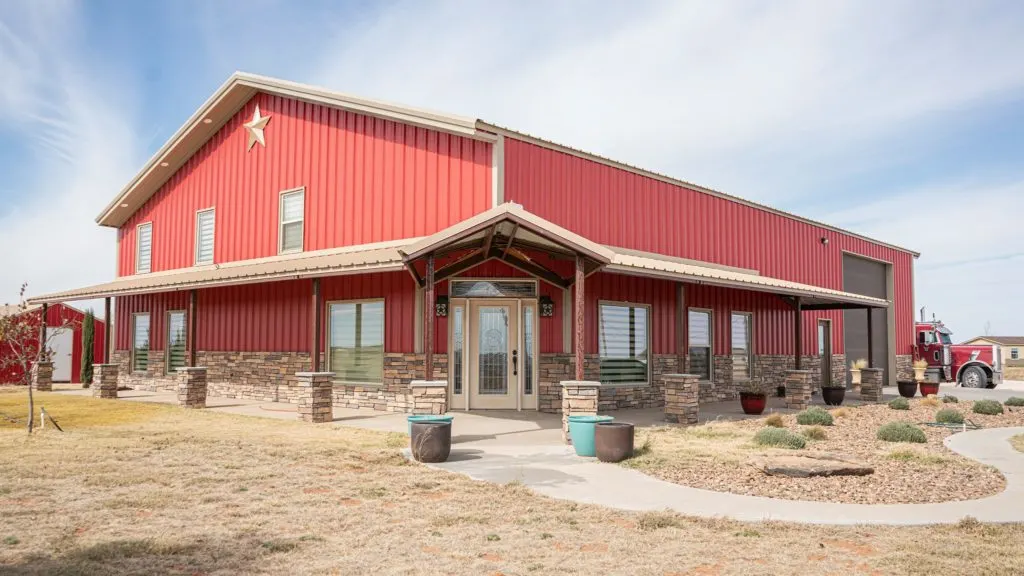
Supports Open Floor Plans and Taller Ceilings
Shouses are often built with metal or wood frames. However, instead of studs spaced every 16 to 24 inches, they use large metal trusses or wood posts spaced up to 8 feet apart.
This wider spacing allows for wider windows and doors, along with enhanced support. The support provided by wide trusses and wood pole frames also eliminates the need for load-bearing walls. This gives you endless design options for the interior of your new home.
The frame of a shouse also allows for taller ceilings. You could add a grand entrance with vaulted ceilings or use tall windows to bring more natural light into your living room or kitchen. You will have more space to work with and greater flexibility when choosing design features.

Superior Airflow and Natural Light
Open floor plans and taller ceilings can help improve the air circulation inside a home and workshop. Allowing air to flow more efficiently increases heating and cooling efficiency. You can heat your home more quickly in the winter and cool it faster in the summer.
Along with better airflow, the design of a shouse may make it easier to add more insulation. The frame of a shouse often has thicker wall cavities compared to standard homes. These thicker cavities allow you to add thicker insulation, which further increases the energy efficiency of the property.
With taller ceilings and wider spacing for support columns, shouses can accommodate larger windows. Adding larger windows and taking advantage of an open floor plan helps bring more natural light to the interior of the building.
Affordable Designs and Construction
Building a shouse may help you save money on the design and construction of your new property. Instead of designing and constructing separate structures, you are building a single structure that serves dual functions.
A standard home costs $100 to $200 per square foot. The cost of building a new shouse is comparable to building a new barndominium. You can expect to pay between $95 and $125 per square foot for a shouse that has all the amenities and features of a standard home.
If you choose to handle some of the subcontractor tasks yourself, you may be able to save money. The cost for materials and basic assembly averages $30 to $40 per square foot.
Potential Concerns When Building a Shouse
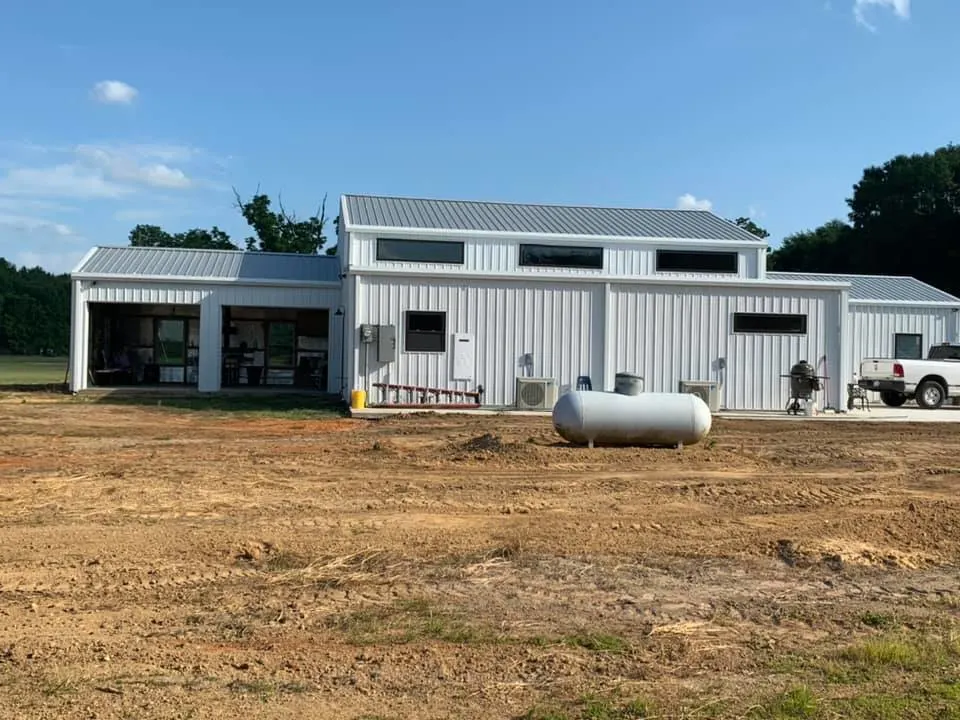
Along with many advantages, shouses offer a few potential disadvantages or challenges. A shouse is still considered a residential property. It needs to meet all applicable building codes for residential properties.
Shouses are also typically built outside of urban areas.
The building codes and regulations for residential properties may keep you from constructing a shouse in certain zip codes. Shouses are often constructed in rural areas where land may be zoned for residential and commercial purposes.
Obtaining a shouse loan for the construction of a shouse can also be tricky when applying through a traditional lender. You may have better luck getting approved for a loan by applying at a farm credit union or rural bank. Working with a reliable contractor that has experience building shouses and barndominiums is also essential.
Conclusion
The shophouse (shouse) is not a new concept. Shouses have been used for hundreds of years. They allow people to combine their workspace and living space.
Even if you do not require a workshop attached to your residence, shouses still offer many advantages.
Building a shouse allows you to use an open floor plan. You gain more flexibility for the design and layout of your new home.
Building a new shouse also tends to cost less compared to building a new traditional home. In the end, shouses are attractive options for anyone looking for increased cost savings, more space, and versatile design options.
There is a lot more to learn about building houses and we have the perfect resource for you. Get the Barndominium Life Program!
If you would like more guides like this one, check out the rest of BarndominiumLife.com. There, you will find more helpful tips and tricks from the pros. You will also find featured barndominiums, barndominium floor plans, and information on financing and insurance. Knowing as much as you can will help you get the best results for your dream home.
Gail currently spends her free time geeking out about what’s new and trending in the world of barndominiums.
She is the former executive editor of BarndominiumLife.com and loves working with the team and members of the barndominium community. She now contributes to the blog on occasion, but only when she feels like it!
